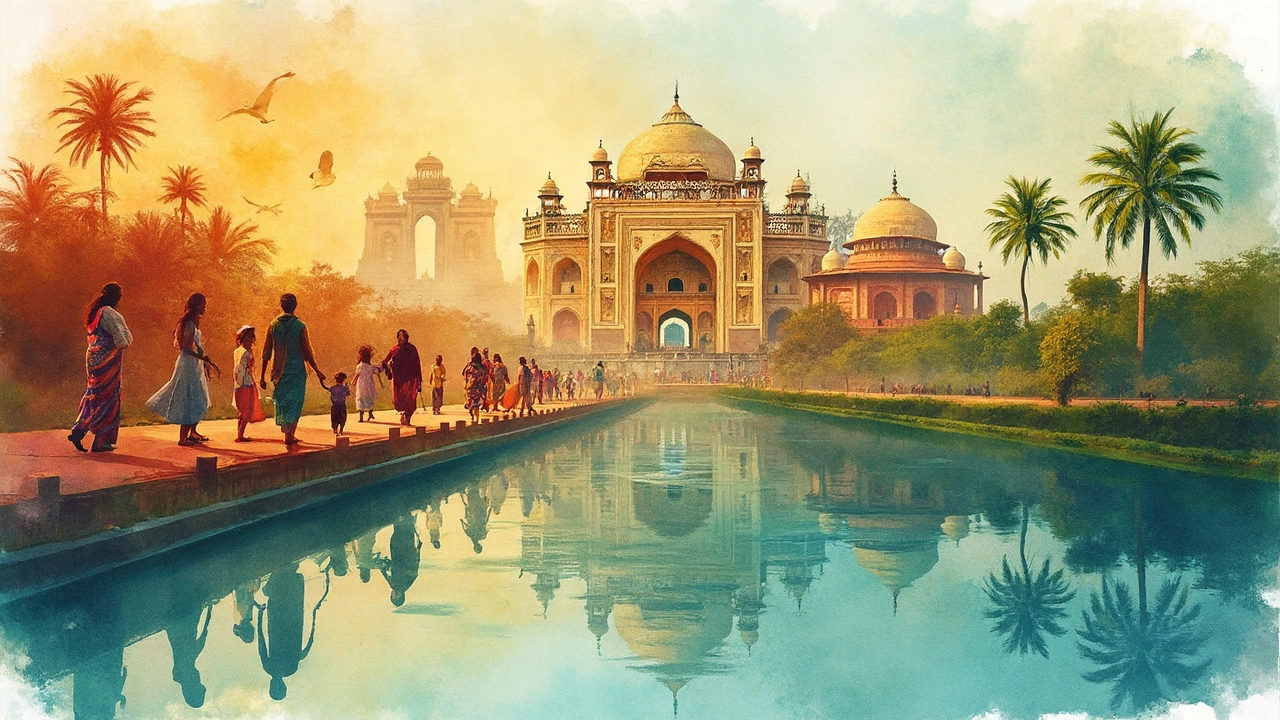South India Safety: What Travelers Need to Know
When people ask if South India safety, the overall security and traveler-friendly environment across the southern states of India, including Kerala, Tamil Nadu, Karnataka, and Andhra Pradesh. It's not just about low crime rates—it’s about how locals treat visitors, how well infrastructure supports tourists, and whether everyday activities like taking a bus, eating street food, or hiking alone feel normal and secure. The answer isn’t yes or no. It’s more like: South India safety is one of the best in the country for travelers who know what to look for. Unlike some busy northern cities, you won’t get followed by touts in Mysore, harassed for photos in Cochin, or overcharged at bus stands in Pondicherry. Locals here are used to tourists. Many speak English. And the police are generally helpful if you ask.
What makes South India tourism, the growing sector of travel focused on the cultural, natural, and culinary experiences of southern India’s states so safe? For starters, the region has fewer aggressive vendors and less organized scamming. In Kerala, you can walk barefoot on beaches at dusk without worry. In Tamil Nadu, temple towns like Madurai and Rameswaram are packed with pilgrims and tourists alike—safety comes from numbers and tradition. Even in remote hill stations like Ooty or Coorg, you’ll find well-marked trails, local guides who speak your language, and guesthouses with secure locks. And unlike some parts of North India, you won’t need to avoid public transport. Buses run on time. Trains are clean. Auto-rickshaws use meters—or you can use apps like Ola, which work reliably in cities like Bangalore and Hyderabad.
Food safety is another win. South India’s street food culture is legendary—and surprisingly clean. You’ll find dosas, idlis, and filter coffee served by the same vendors day after day. Locals trust them. And if they’re busy enough to have a queue, that’s your best sign. You don’t need to avoid street food here—you just need to pick the busy spots. And when it comes to health, South India has better sanitation in public areas, cleaner water access in tourist zones, and more clinics that cater to foreigners. You’ll still want to drink bottled water and carry hand sanitizer, but the risks are lower than in many other parts of the country.
There are still things to watch out for. Don’t wander into isolated forest trails alone without a guide—especially in the Western Ghats. Always check weather before heading to hill stations during monsoon. And while women travelers rarely face harassment, dressing modestly near temples still matters. But overall, travel safety India, the combination of infrastructure, local attitudes, and practical precautions that determine how secure a traveler feels across India in the south is among the highest. You can hike in Coorg, kayak in Varkala, and explore ancient temples in Hampi without fear. This isn’t luck. It’s culture. And it’s why so many repeat visitors choose South India again and again.
Below, you’ll find real traveler stories, practical tips, and comparisons that show exactly where South India shines—and where a little caution still pays off.
